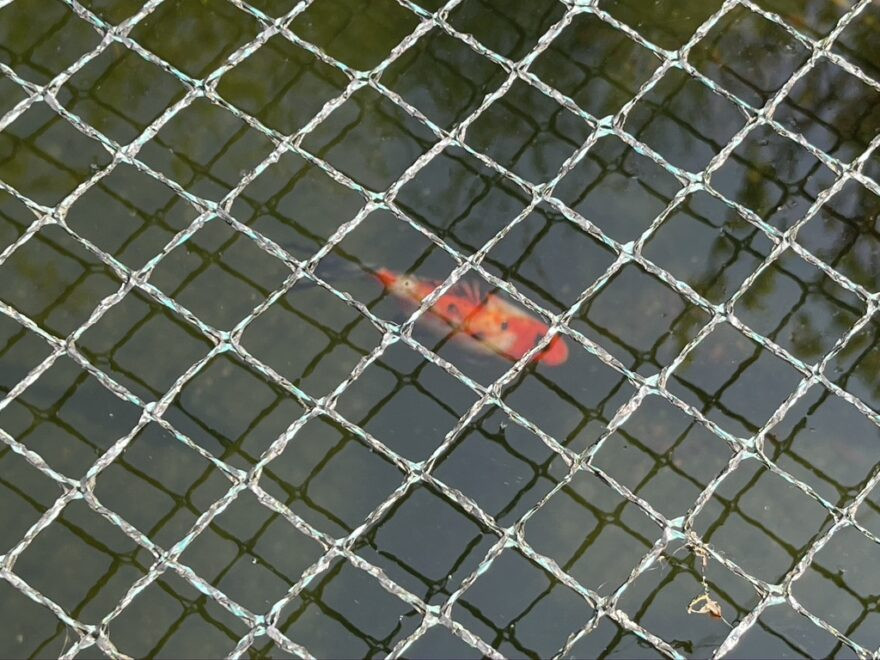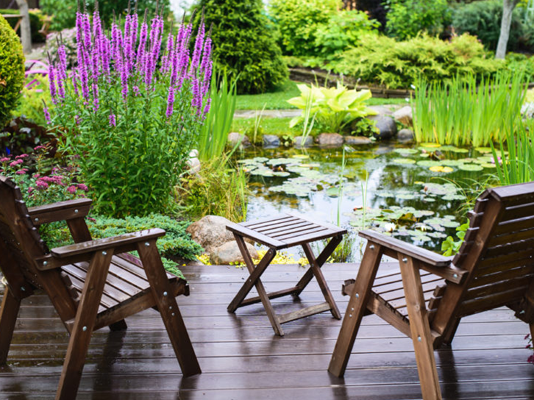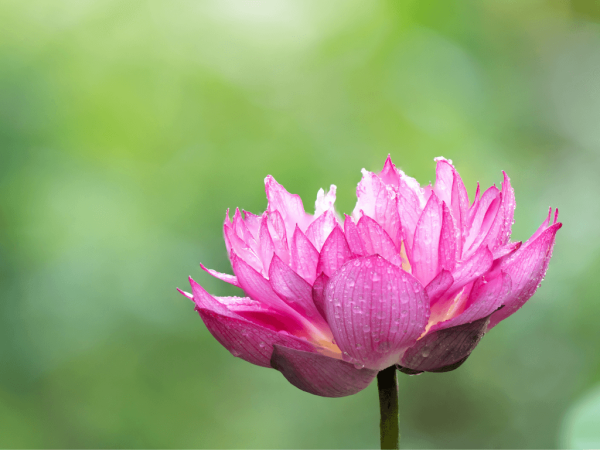How to be a better pond keeper
Facebook is filled with posts of newly built ponds and some serve as a great inspiration to others on how a pond can be achieved in a small space or on a budget. It's also filled with ponds that were built in error however and will suffer from a number of problems in the future. Here are some pointers that if you stick to you’ll be a problem-free new pond owner in no time.
Make sure it’s large enough
For fish, the pond needs to be at least 500 litres in volume and two feet deep. A pond that size could house six goldfish, shunkins or Sarasa comets and they should be ok in it throughout the cold winter months too. A pond of that size isn’t a green light to fill it with Koi and Orfe however which grow much larger and need considerably larger ponds of more like 5000 litres minimum, if not 10,000 litres long term. Put koi into a small pond, post it on Facebook and you may face an icy reception.

Don’t overstock it
There aren’t any hard and fast rules about stocking fish ponds so it's difficult to get it right. It also depends on a number of other factors like the size and quality of the filtration, the amount of food you feed and how frequently you change the water. For a 1000 litre pond, you are looking at about 12 goldfish maximum. You may lose some over time and they may increase their number by breeding, but goldfish can still grow to a foot long and twelve, foot-long goldfish would look like plenty in a pond of that size.
For 12 koi averaging two feet in length you’re going to need a much larger pond so go easy when buying small koi as your pond must grow with them. Overstock and you risk disease, water quality and water clarity issues.
Don’t put soil in the bottom
This common mistake has transferred probably from those creating fishless wildlife ponds, but putting a layer of soil in the bottom of the pond is a bad idea and for several reasons. Soil can liquify in water, meaning that any small current can lift it up into the water column and make the pond muddy. Fish will sift in it, carp will love it, but it will turn what should have been a clear fish pond into a muddy hole.
Pond pumps and filters will clog within hours or minutes, it will negatively affect oxygen levels and cause algae.
The soil you use matters too. Ordinary garden soil or clay will dump nutrients into the water that will fertilise algae growth. Multipurpose compost contains lime which will raise pH and fertilisers which will fuel algae. It's also very light and fibrous so even more prone to movement and fouling the water.
If you must have a muddy or boggy section cordon it off in one corner of the pond using stones or wood as barriers to prevent fish from getting into it. Grow marginal and bog plants in it which will tie it together with their roots, then cover with a layer of coarse gravel. And only use pond specific compost which is lime-free and low in nutrients compared to standard soil.

Filter it
The idea of a balanced, unfiltered ecosystem only exists if it's a large, established lake or a fishless wildlife pond. But for most garden ponds with fish, if you want healthy fish and clearwater, you need a filter. Pumps oxygenate the water and pump fish waste and debris to a filter where it's trapped and converted into safer substances. Use a pump, filter and UVC and that UVC will also help to clear the water and prevent the water from turning into pea soup.
Moving water can be a wonderful addition to the garden, and when you have a pump you can also power a fountain, water feature or waterfall.
Cover it
Stay at home Pondkeepers have been shocked during lockdown to witness just how many times their ponds are visited by herons, even in broad daylight and close to the house. Any heron deterrent is a good idea but the only guaranteed way to stop a Heron, especially when you’re not there, is to cover the pond. Fasten a taught pond cover net over the pond and it also stops leaves getting in and your fish from jumping out.










